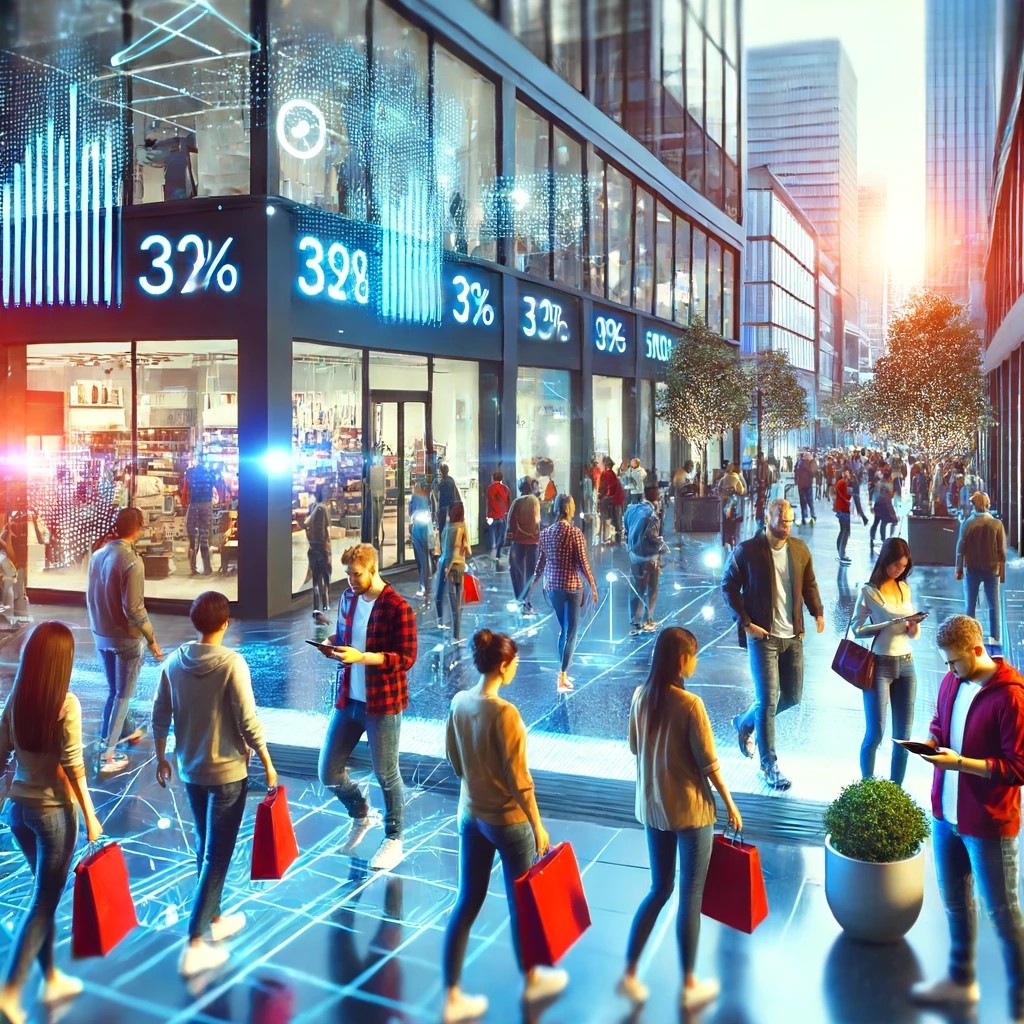Consumer spending, the backbone of many economies, notably in consumer-driven markets like the United States, plays a pivotal role in dictating the pace and stability of economic growth. As the primary component of gross domestic product (GDP), understanding its fluctuations and driving factors is crucial for predicting economic trends. This article delves into the dynamics between consumer spending and economic growth, examines the current influences shaping this relationship, and explores potential future trends.

The Dynamics of Consumer Spending
Consumer spending, or personal consumption expenditures, encompasses all expenditures by households and individuals on goods and services. It significantly impacts economic growth since it contributes to immediate demand for goods and services, thus stimulating production and employment. Economists track consumer spending closely as it reflects the overall economic confidence and financial health of the consumer base.

Factors Influencing Consumer Spending
1. Income Levels:
Income growth is a primary driver of consumer spending. When people earn more, they tend to spend more, contributing to economic growth. Conversely, stagnant wages or high unemployment can dampen consumer confidence and reduce spending.
2. Credit Access:
Credit availability allows consumers to spend money they do not currently have, promoting higher immediate consumption. The terms and accessibility of credit, heavily influenced by monetary policy and banking regulations, can significantly impact consumer spending patterns.
3. Consumer Confidence:
This psychological factor is a crucial determinant of spending behavior. Higher confidence levels typically encourage consumers to spend more as they feel more secure in their financial and employment prospects. Economic uncertainty, such as that experienced during the COVID-19 pandemic, tends to decrease consumer confidence and spending.
Current Trends Influencing Consumer Spending
1. E-commerce Growth:
The digital transformation has reshaped retail, with e-commerce becoming an increasingly significant part of consumer spending. The convenience, variety, and often lower costs associated with online shopping have encouraged higher consumer expenditure in this sector.
2. Demographic Shifts:
Changes in demographics, such as aging populations in developed countries or growing middle classes in emerging markets, are also influencing spending patterns. Older populations may spend more on healthcare and less on durable goods, whereas emerging middle classes often increase spending on luxury goods and services.

Future Predictions for Consumer Spending and Economic Growth
1. Increased Personalization of Products and Services:
Advancements in technology will likely lead to more personalized shopping experiences, using AI and data analytics to tailor products and marketing to individual preferences. This could stimulate increased consumer spending by enhancing consumer satisfaction and engagement.
2. Global Economic Interdependencies:
As economies become more interconnected, changes in one region can have ripple effects worldwide. Consumer spending in one major economy can impact export-driven growth in another, highlighting the importance of global economic stability.
Conclusion
Consumer spending remains a critical indicator of economic health and a driving force behind economic growth. By understanding the factors that influence this spending and staying informed on trends, economists, policymakers, and businesses can better navigate the challenges and opportunities that lie ahead in the global economy.


